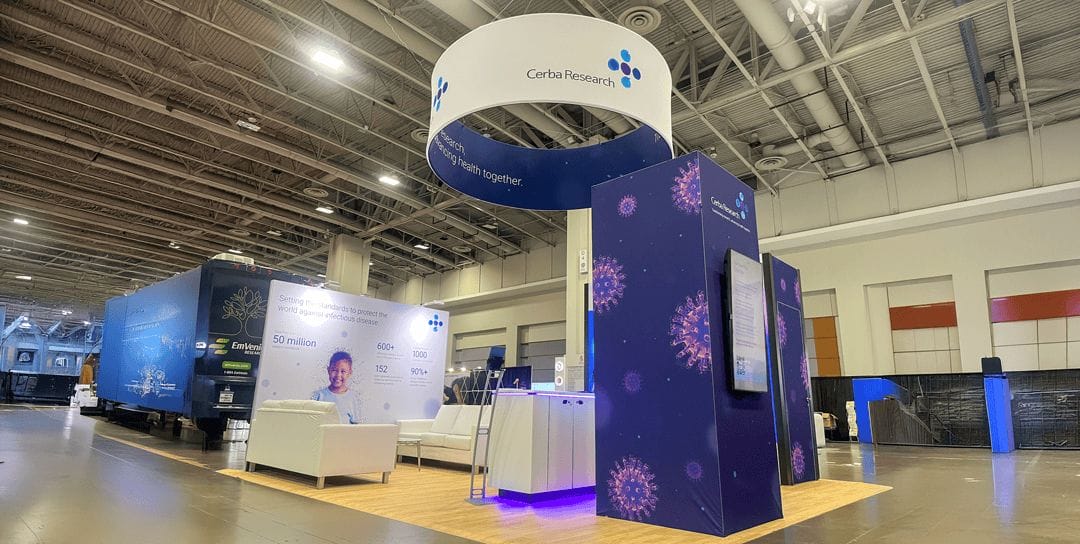Surveillance has become a ubiquitous part of modern life. Public spaces are dotted with CCTV cameras inside and out. Recent years have seen the technology spread to the suburbs with porch cameras spreading the eye of big tech and law enforcement ever further.
Outside of mere cameras, companies are rushing to develop all manner of new devices to surveil individuals, too. One such device intended to track students quickly drew the ire of scholars at Northeastern University, and the cohort fought back.
Are You There?
The devices in question were part of an “occupancy monitoring system” developed by Spaceti, a company which specializes in maximizing efficiency for commercial buildings. The university installed a series of heat sensors under desks aimed roughly at crotch height, intended to detect when a human (or other suitably warm object) was sitting at a desk.
Notably, the sensors were installed overnight without notifying affected students, and without their consent. This happened in Northeastern University’s Interdisciplinary Science & Engineering Complex (ISEC), home to the Cybersecurity and Privacy Institute. As you might expect, graduate students working in this field are keenly attuned to spotting aberrant hardware that mysteriously shows up overnight. They were also rather perturbed to learn they were suddenly being surveilled.
The matter was quickly taken up with university administration, which indicated the sensors were to be used for a study on desk utilization in the facility. Following explanations and meetings held with the student body did little to assuage concerns around the new technology. Revelations that the university had not sought ethics approval for the study caused outrage, as did the sudden surprise arrival of the sensors themselves. Administrators attempted to make a case that the study did not need ethics approval, as the sensors tracked “heat” rather than humans. The excuse held little water among the security-aware graduate students at the university.
For now, the sensors have found a new home, as a public art piece on the floor of the #ISEC lobby. In the spirit of #ISEC, this is an interdisciplinary work, with contributions from surveilled graduate students in a myriad of departments.
(9 of N). pic.twitter.com/NMqMFrJMuM
— Max von Hippel 🌻 (@maxvonhippel) October 6, 2022
Sensors were removed en masse, with several assembled into a large “NO!” sign in the building lobby. Others were hacked by researchers at the university, or simply discarded. The student base shortly submitted an open letter asking for the sensors to be removed permanently. The basis was that the sensors were intimidating to students and installed without proper approval from the university’s ethical review board. Further questions were raised over the necessity of the sensors, given the university could already monitor usage of facilities via its swipe card access control system. Eventually, the university relented, and the sensors were removed.

It’s not the first time desk occupancy sensors have drawn the ire of those they intend to surveil. In 2016, The Daily Telegraph installed similar sensors from OccupEye under the desks of its journalists, advertising, and commercial staff. Deploying surveillance equipment against security researchers could be said to be foolhardy, given they’lll likely hack and dismantle it. Similarly, deploying it against journalists was always going to end up causing a very public stir. And it did! Backlash was swift, with the story quickly making headlines in several outlets. The sensors were removed in short order after that.
Both stories highlight an interesting point. Few rail against the pervasive CCTV that is present in almost every workplace today. If so desired, most employers could readily track their staff’s every movement via recorded video. However, it seems there is something that humans find uniquely perverse and offensive about under-desk sensors. The idea of a “watching” device lurking in the vicinity of one’s crotch is distinctly unwelcome to most. This is even despite the fact that such sensors merely detect presence rather than recording any visual data.
There’s also a very personal angle to the data collected. A CCTV system may record what employees do, but it typically requires a lot of personal human attention to actually use such a system to follow one person and record their activities. In contrast, a network of desk occupancy sensors can very easily record and log the comings and goings of each individual employee. This data could then readily be used for disciplinary purposes or to rank employees for their so-called “dedication” to the company.
There’s also something to be said for proximity. We largely accept the CCTV cameras that live up in the corners of the ceiling, barely giving them a passing thought. Put a surveillance camera on every worker’s desk, though, and you could expect a revolt before you were done running the cabling.
Overall, the story from Northeastern University should serve as a cautionary tale for any companies or administrators involved in such rollouts. People don’t like being watched, and they really don’t like sensors aimed directly at the groin. They find it even more offensive when such sensors are installed without their knowledge or permission. A public consultation would likely have revealed these issues up front, and saved the university a great deal of money, embarrassment, and frustration. After all, doing unwelcome things by stealth only tends to inflame people’s anger further.







